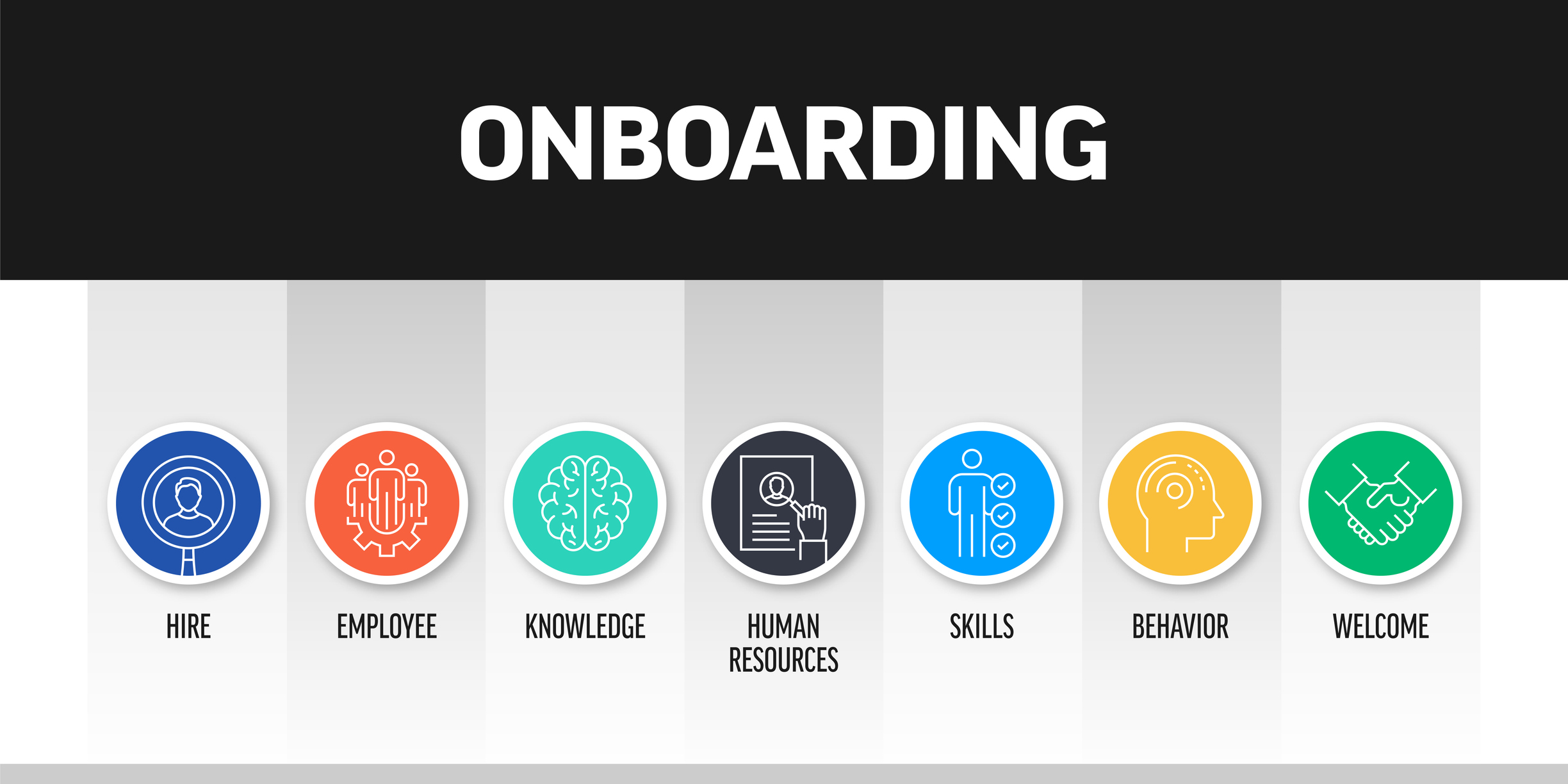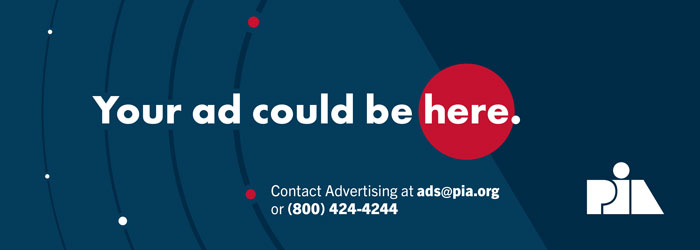Onboarding is your first real opportunity to connect people to your mission, model your values, and build trust with new hires. When done right, it aligns talent and culture while setting the foundation for long-term retention. However, a weak onboarding system creates confusion, slows productivity and increases turnover risk.
That’s why innovative and effective onboarding strategies are priorities for modern businesses to help build a resilient workforce. These strategies help new hires feel seen, supported and empowered to succeed from day one. It doesn’t matter if you’re scaling up quickly or hiring for a few key roles; your onboarding process should be the starting point when new hires feel comfortable and excited to be a part of your organization.
Modern onboarding needs to be inclusive and should reinforce what employees need to know, who they’re becoming a part of, and why that matters.
Building structure with heart
A well-planned onboarding process drives real results. A Bamboo HR study found that 29% of new hires decide whether their job is a good fit within their first week. It’s clear that a structured onboarding system matters, but structure without humanity behind it often falls flat.
To streamline employee onboarding and help new hires feel comfortable and ready to contribute, be sure to prepare your existing team for their arrival and set up a tour of their workspace. Designating a one-on-one mentor also can ease the transition and give new hires a direct point of contact for questions and feedback.
Also, define a 30-, 60- and 90-day framework that outlines clear expectations, provides timely check-ins, and allows for open feedback. Use tools to automate the administrative tasks (i.e., payroll setup or compliance training), so you can spend more time focusing on engagement. Then, build in checkpoints to see how employees are adjusting, but avoid micromanaging them. You should focus on being proactive rather than overbearing, ensuring that new employees have their needs met along the way.
Every interaction should show that your organization has thought through what it takes for someone to thrive there, and that you care about making that happen.
Making new hires feel welcomed and valued
People remember how they’re treated on their first day. Small details can make a lasting impression. A big budget doesn’t necessarily create emotional impact, but intention does. More than anything, thoughtful onboarding signals that your organization values its people. And when people feel valued, they’re more likely to give you their best work.
A good way to welcome new hires from the start is through a welcome email or video message from leadership. Create a simple first-day guide so new hires know what to expect, where to go and who to ask for help. Also, schedule a short meet-and-greet with their team or manager before the first week ends, which shows you’ve prepared thoughtfully for their arrival and are committed to giving them the tools they need for success.
Consider using welcome gifts for new employees to help them feel appreciated and like a true part of the team. A branded notebook, a quality pen or a personalized coffee mug can be great options that are personal but also practical. Some businesses even send curated welcome boxes with snacks or team swag. These gifts are a simple way of saying “we’re excited to have you here.”
Recognizing self-starters and growth-oriented employees
Some new hires will complete tasks on their own without much interaction with others, but other new hires will ask questions and look for ways to improve. Recognizing that drive early on and channeling it can keep motivated employees engaged and invested in their role.
Encourage managers to identify new employees who show initiative and curiosity. Pair them with a mentor or involve them in a cross-functional project early to show that you notice and appreciate their drive. Fast-moving businesses benefit from employees who want to grow, so it’s crucial to build infrastructure that rewards that mindset.
Hiring and retaining staff who want to make your organization better requires excellent onboarding. Today’s employees want to see purpose and progression, and having clear development paths can showcase these features. Let people see how others have advanced in the organization. And revisit the basics, like your careers page, job descriptions and referral incentives, to make sure they align with your values and today’s expectations. You also can build an employee referral program that rewards your best people for recommending others like them.
Cultural fit and compatibility
Good onboarding also is honest onboarding. That means using the early days as a two-way filter. While you’re introducing the organization to your new hires, they’re introducing themselves to you. Some employees will feel aligned with your values and ways of working, but others may realize there’s a disconnect. Onboarding should create space to assess this gently, before deeper issues arise.
Encourage managers to have candid conversations about work style, communication preferences and team norms. If mismatches show up, prepare to act early. Redirecting a role or parting ways within the probation period often is better for everyone than forcing a poor fit to stick. Being honest about what success looks like at your organization can help people see if they can meet that bar realistically.
Creating a space where every voice matters
When people feel heard, they invest more in their work. A culture that listens early is a culture that often grows stronger over time. New employees might hesitate to speak up at first. But if you build trust early, they’re more likely to share ideas and ask questions that could help you shape your organization and employee culture. New hires should have just as much of a voice as tenured employees.
Show that this is the case by encouraging open-door policies. Make it clear that feedback is welcome and expected. New hires should have early check-ins with HR and direct managers so they can say what’s working, what’s confusing or what could be better. Once out of their probationary period, continue fostering that safe communication space through group discussions, collaborative projects, and meetings in which employees have a dedicated space to speak up.
Conclusion
Good onboarding affects productivity, morale and retention. It also shapes how people see your organization and how committed they’ll be to staying and growing with you.
If you want long-term performance, you need to make space for short-term care through structured onboarding and thoughtful welcomes. Strong feedback loops also show new hires that they matter—even before they’ve proved themselves.
Treat onboarding as an investment in your organization’s future to build trust and retain highly qualified and motivated employees. Productive employees thrive in cultures that support them holistically, starting from day one.
Katie Brenneman
Katie Brenneman is a passionate writer specializing in lifestyle, mental health, education, and fitness-related content. When she isn't writing, you can find her with her nose buried in a book or hiking with her dog, Charlie. To connect with Katie, you can follow her on Twitter.





